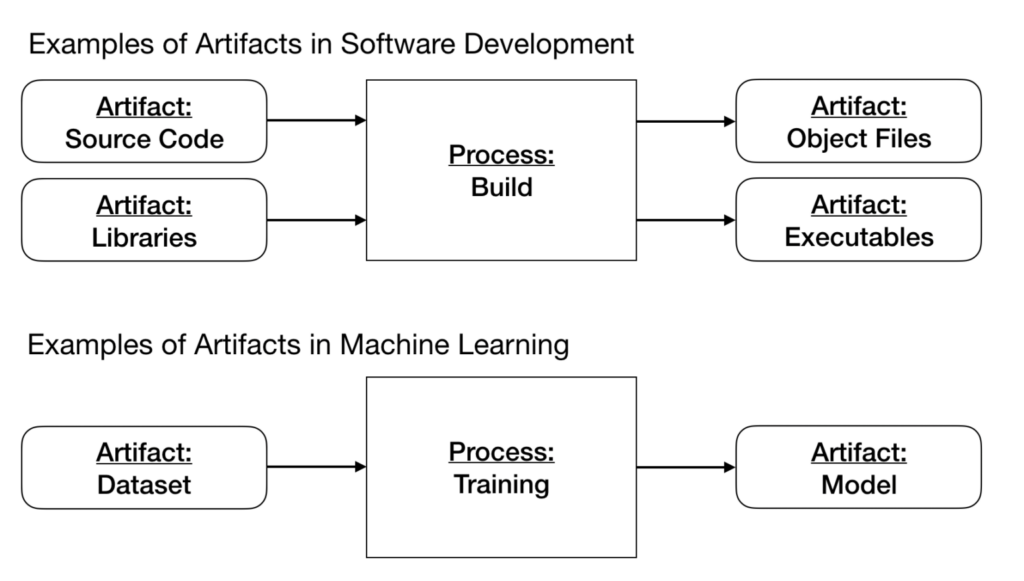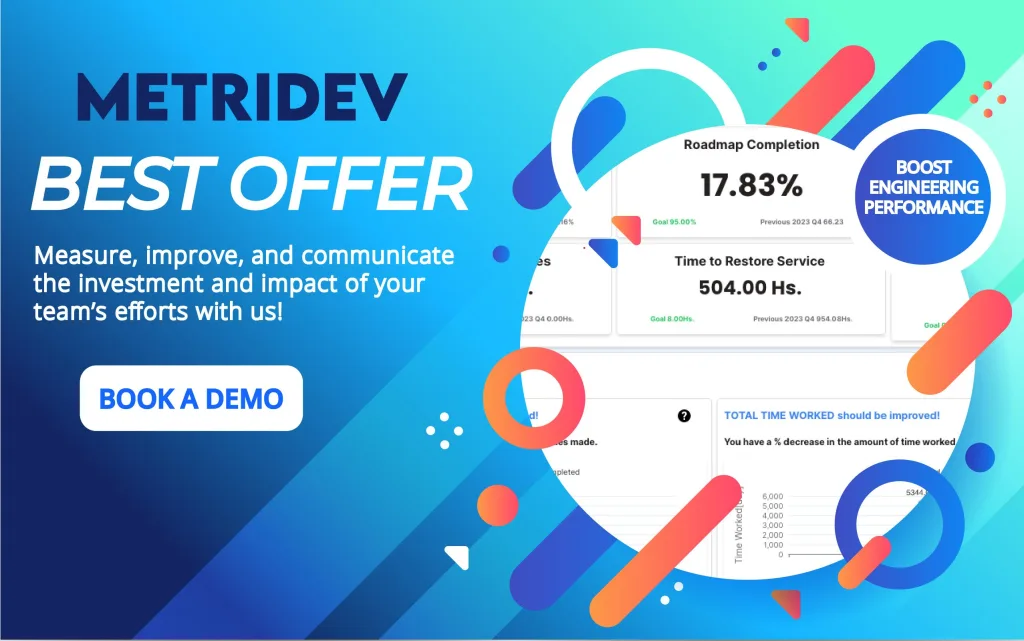All Categories
Featured
Table of Contents
- – The Top 20 Machine Learning Bootcamps [+ Selec...
- – Ai Engineer Vs. Software Engineer - Jellyfish ...
- – How To Become A Machine Learning Engineer - E...
- – The Machine Learning Engineer Vs Software Eng...
- – All about Why I Took A Machine Learning Cour...
- – Training For Ai Engineers Can Be Fun For Anyone
You probably recognize Santiago from his Twitter. On Twitter, everyday, he shares a great deal of sensible things about artificial intelligence. Thanks, Santiago, for joining us today. Welcome. (2:39) Santiago: Thank you for inviting me. (3:16) Alexey: Prior to we enter into our primary subject of relocating from software program engineering to artificial intelligence, possibly we can start with your history.
I went to college, got a computer science degree, and I started constructing software application. Back then, I had no idea about machine understanding.
I know you've been utilizing the term "transitioning from software program engineering to artificial intelligence". I like the term "adding to my capability the device discovering abilities" more because I assume if you're a software program engineer, you are already providing a great deal of worth. By integrating artificial intelligence now, you're augmenting the impact that you can carry the market.
So that's what I would certainly do. Alexey: This returns to one of your tweets or maybe it was from your program when you compare 2 approaches to knowing. One method is the trouble based technique, which you simply spoke about. You discover a trouble. In this situation, it was some issue from Kaggle concerning this Titanic dataset, and you just learn just how to fix this issue using a specific device, like choice trees from SciKit Learn.
The Top 20 Machine Learning Bootcamps [+ Selection Guide] Diaries
You initially find out mathematics, or direct algebra, calculus. When you recognize the mathematics, you go to machine understanding theory and you learn the theory.
If I have an electrical outlet here that I need changing, I don't want to go to university, spend 4 years comprehending the mathematics behind electricity and the physics and all of that, simply to transform an outlet. I prefer to start with the electrical outlet and find a YouTube video clip that helps me undergo the trouble.
Poor example. However you get the idea, right? (27:22) Santiago: I really like the idea of beginning with an issue, attempting to toss out what I know up to that trouble and understand why it does not work. Get the devices that I need to solve that issue and begin digging much deeper and much deeper and deeper from that point on.
Alexey: Possibly we can talk a bit regarding learning sources. You pointed out in Kaggle there is an intro tutorial, where you can obtain and find out just how to make choice trees.
The only demand for that program is that you recognize a little bit of Python. If you go to my account, the tweet that's going to be on the top, the one that claims "pinned tweet".
Ai Engineer Vs. Software Engineer - Jellyfish for Beginners

Even if you're not a developer, you can start with Python and function your method to more machine discovering. This roadmap is focused on Coursera, which is a platform that I really, really like. You can investigate every one of the programs totally free or you can pay for the Coursera subscription to obtain certificates if you wish to.
So that's what I would do. Alexey: This returns to one of your tweets or possibly it was from your program when you compare two strategies to knowing. One strategy is the issue based strategy, which you just talked around. You find an issue. In this instance, it was some problem from Kaggle regarding this Titanic dataset, and you simply learn exactly how to resolve this problem utilizing a details tool, like decision trees from SciKit Learn.

You first find out math, or linear algebra, calculus. After that when you recognize the mathematics, you go to artificial intelligence concept and you discover the theory. Four years later on, you finally come to applications, "Okay, how do I use all these 4 years of mathematics to fix this Titanic issue?" ? In the former, you kind of save yourself some time, I assume.
If I have an electric outlet below that I require changing, I don't want to most likely to college, spend 4 years understanding the mathematics behind electrical power and the physics and all of that, just to transform an outlet. I prefer to start with the electrical outlet and find a YouTube video that helps me undergo the issue.
Bad example. You get the concept? (27:22) Santiago: I truly like the concept of starting with an issue, attempting to toss out what I understand up to that trouble and recognize why it doesn't work. Order the tools that I need to resolve that trouble and begin digging deeper and much deeper and deeper from that point on.
To ensure that's what I normally advise. Alexey: Maybe we can speak a bit concerning finding out sources. You mentioned in Kaggle there is an introduction tutorial, where you can obtain and learn how to choose trees. At the start, before we began this interview, you mentioned a number of publications too.
How To Become A Machine Learning Engineer - Exponent for Beginners
The only demand for that training course is that you understand a little of Python. If you're a developer, that's an excellent base. (38:48) Santiago: If you're not a programmer, after that I do have a pin on my Twitter account. If you most likely to my account, the tweet that's going to be on the top, the one that says "pinned tweet".
Even if you're not a programmer, you can start with Python and work your means to more machine discovering. This roadmap is concentrated on Coursera, which is a system that I actually, truly like. You can audit all of the training courses free of charge or you can spend for the Coursera registration to get certifications if you desire to.
The Machine Learning Engineer Vs Software Engineer Diaries
Alexey: This comes back to one of your tweets or possibly it was from your program when you contrast 2 methods to understanding. In this instance, it was some problem from Kaggle regarding this Titanic dataset, and you simply find out how to address this problem making use of a particular tool, like choice trees from SciKit Learn.

You initially find out math, or direct algebra, calculus. When you recognize the math, you go to maker discovering theory and you find out the theory.
If I have an electric outlet right here that I need changing, I don't desire to most likely to university, spend four years recognizing the mathematics behind power and the physics and all of that, simply to alter an electrical outlet. I would certainly rather begin with the electrical outlet and discover a YouTube video that assists me go through the issue.
Negative analogy. You obtain the concept? (27:22) Santiago: I truly like the idea of beginning with a trouble, attempting to throw away what I understand approximately that issue and comprehend why it does not work. Then get hold of the devices that I need to resolve that trouble and begin digging much deeper and much deeper and deeper from that point on.
That's what I normally advise. Alexey: Possibly we can talk a little bit concerning learning resources. You mentioned in Kaggle there is an introduction tutorial, where you can get and discover how to make choice trees. At the beginning, prior to we started this interview, you mentioned a couple of books.
All about Why I Took A Machine Learning Course As A Software Engineer
The only demand for that program is that you know a little bit of Python. If you go to my account, the tweet that's going to be on the top, the one that states "pinned tweet".
Even if you're not a programmer, you can begin with Python and work your method to more artificial intelligence. This roadmap is concentrated on Coursera, which is a system that I really, really like. You can examine every one of the courses free of cost or you can spend for the Coursera registration to get certifications if you want to.
Alexey: This comes back to one of your tweets or perhaps it was from your course when you compare 2 strategies to discovering. In this instance, it was some problem from Kaggle concerning this Titanic dataset, and you just discover how to resolve this problem using a certain device, like decision trees from SciKit Learn.
You first find out mathematics, or direct algebra, calculus. When you know the math, you go to machine knowing concept and you discover the theory.
Training For Ai Engineers Can Be Fun For Anyone
If I have an electric outlet here that I require changing, I do not intend to go to college, invest four years comprehending the mathematics behind electricity and the physics and all of that, just to alter an outlet. I prefer to start with the electrical outlet and find a YouTube video clip that helps me experience the issue.
Santiago: I actually like the concept of starting with a problem, attempting to toss out what I know up to that issue and comprehend why it does not function. Grab the tools that I need to solve that trouble and start excavating deeper and much deeper and much deeper from that point on.

To make sure that's what I normally suggest. Alexey: Possibly we can talk a little bit concerning discovering resources. You discussed in Kaggle there is an introduction tutorial, where you can obtain and find out exactly how to choose trees. At the start, prior to we began this interview, you mentioned a pair of publications.
The only requirement for that program is that you recognize a little bit of Python. If you go to my profile, the tweet that's going to be on the top, the one that says "pinned tweet".
Even if you're not a designer, you can begin with Python and function your method to even more equipment learning. This roadmap is concentrated on Coursera, which is a platform that I really, actually like. You can investigate all of the courses completely free or you can spend for the Coursera subscription to obtain certificates if you intend to.
Table of Contents
- – The Top 20 Machine Learning Bootcamps [+ Selec...
- – Ai Engineer Vs. Software Engineer - Jellyfish ...
- – How To Become A Machine Learning Engineer - E...
- – The Machine Learning Engineer Vs Software Eng...
- – All about Why I Took A Machine Learning Cour...
- – Training For Ai Engineers Can Be Fun For Anyone
Latest Posts
Senior Software Engineer Interview Study Plan – A Complete Guide
Tips For Acing A Technical Software Engineering Interview
How To Master Whiteboard Coding Interviews
More
Latest Posts
Senior Software Engineer Interview Study Plan – A Complete Guide
Tips For Acing A Technical Software Engineering Interview
How To Master Whiteboard Coding Interviews